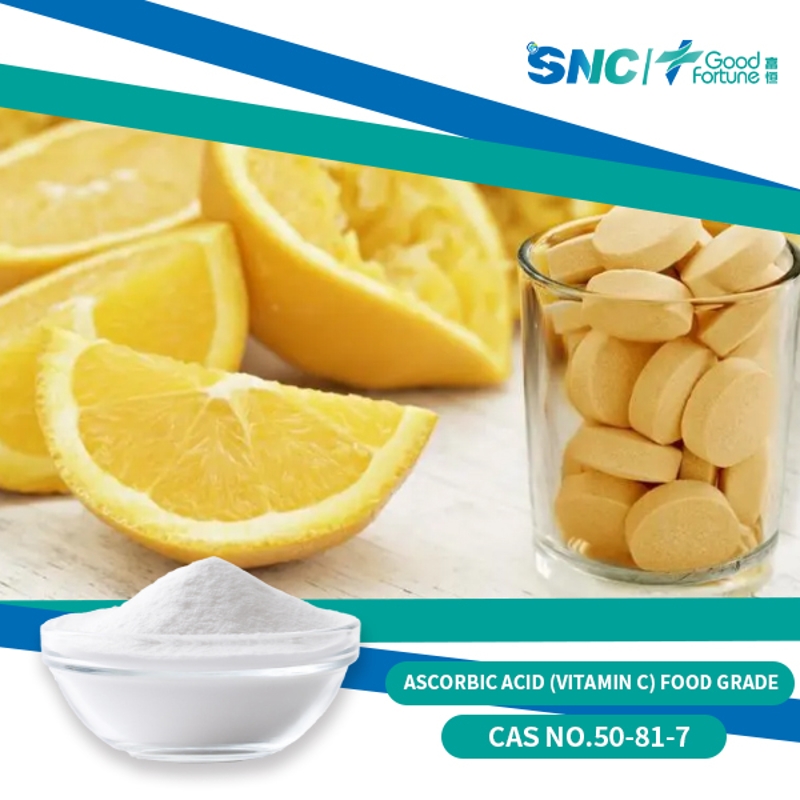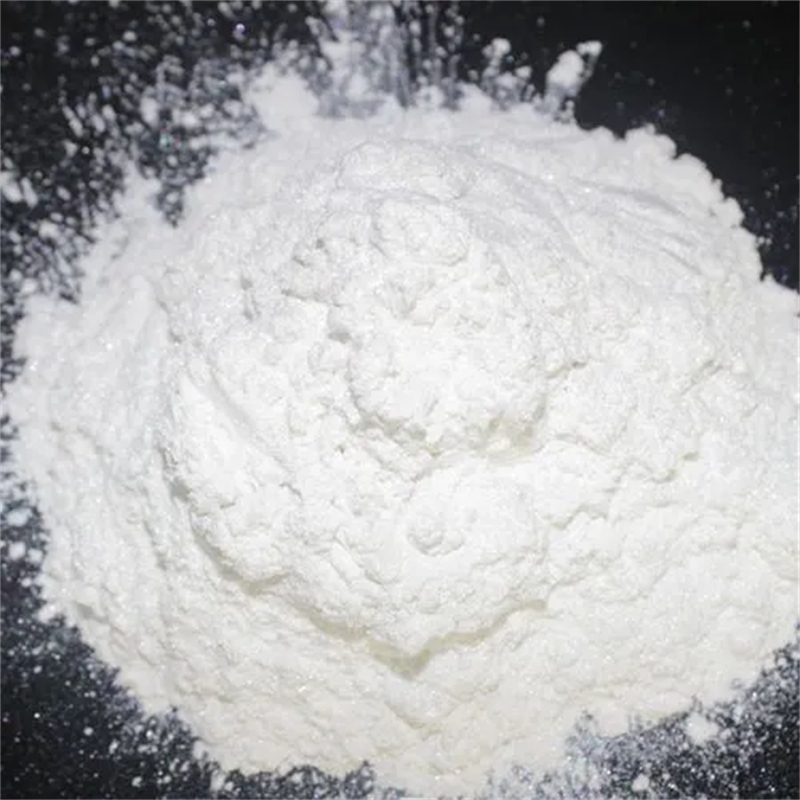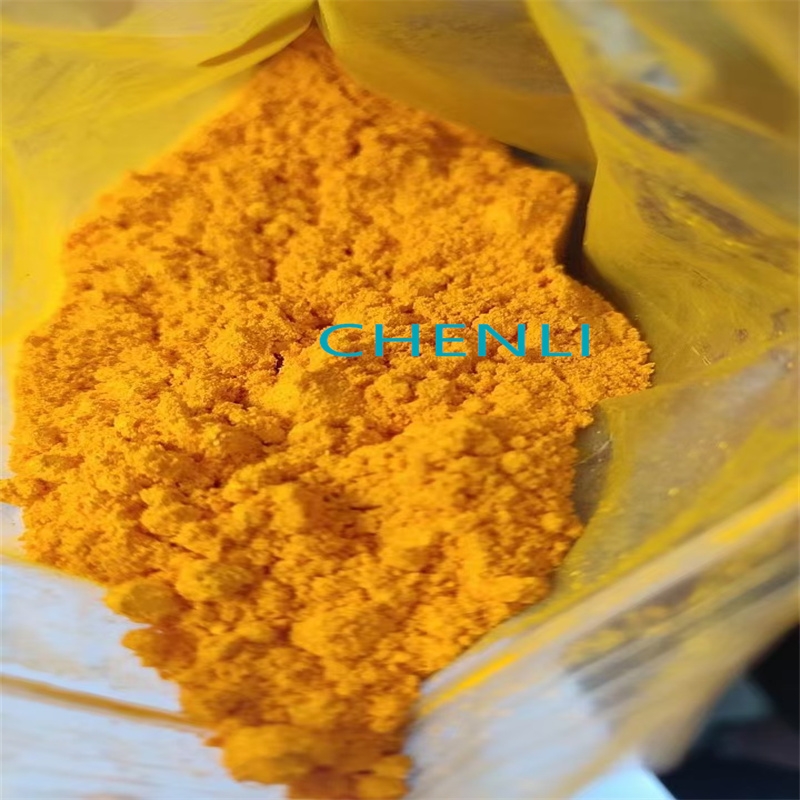-
Categories
-
Pharmaceutical Intermediates
-
Active Pharmaceutical Ingredients
-
Food Additives
- Industrial Coatings
- Agrochemicals
- Dyes and Pigments
- Surfactant
- Flavors and Fragrances
- Chemical Reagents
- Catalyst and Auxiliary
- Natural Products
- Inorganic Chemistry
-
Organic Chemistry
-
Biochemical Engineering
- Analytical Chemistry
-
Cosmetic Ingredient
- Water Treatment Chemical
-
Pharmaceutical Intermediates
Promotion
ECHEMI Mall
Wholesale
Weekly Price
Exhibition
News
-
Trade Service
The Importance of Safety in the Production and Use of 25-Hydroxyvitamin D3
25-Hydroxyvitamin D3, also known as calcidiol, is a critical component in the synthesis of the active form of vitamin D, which is essential for bone health and calcium metabolism.
It is commonly used in the pharmaceutical and dietary supplement industries, and its safety is of utmost importance.
In the chemical industry, safety is paramount, and production processes must adhere to strict guidelines to ensure the safety of workers and the environment.
The production of 25-hydroxyvitamin D3 involves several steps, including the extraction and purification of raw materials, the synthesis of the compound, and the packaging and distribution of the final product.
Each step must be carefully controlled and monitored to ensure that the final product is safe for use.
Chemical Safety and Regulations
The production and use of 25-hydroxyvitamin D3 are subject to strict regulations by government agencies such as the Food and Drug Administration (FDA) and the Environmental Protection Agency (EPA).
These agencies set guidelines for the safe use of chemicals and ensure that companies adhere to safety standards.
In addition to these regulatory bodies, companies in the chemical industry have their own safety guidelines and protocols in place to ensure the safety of their workers and the environment.
This includes providing appropriate protective equipment, conducting regular safety training, and implementing safety measures such as emergency response plans.
Toxicity and Safety Studies
One of the key safety considerations for 25-hydroxyvitamin D3 is its toxicity.
Studies have shown that high levels of vitamin D toxicity can cause adverse effects such as kidney stones, heart arrhythmias, and other health problems.
However, in the case of 25-hydroxyvitamin D3, safety studies have shown that it is generally safe when used at recommended levels and in accordance with the dosages recommended by healthcare professionals.
It is important to note that 25-hydroxyvitamin D3 should not be used in high doses unless specifically prescribed by a healthcare professional.
Additionally, individuals with certain health conditions such as kidney disease or hyperparathyroidism should consult with their healthcare provider before using 25-hydroxyvitamin D3.
Potential Risks and Mitigation Strategies
While 25-hydroxyvitamin D3 is generally safe, there are potential risks associated with its production and use.
These risks can be mitigated through the implementation of appropriate safety measures and protocols.
One potential risk is exposure to chemicals used in the production process.
To mitigate this risk, companies must ensure that workers are provided with appropriate protective equipment and that safety protocols are strictly adhered to.
In addition, companies should conduct regular safety training and monitoring to ensure that workers are aware of potential hazards and know how to handle chemicals safely.
Another potential risk is the potential for contamination or misuse of the final product.
To mitigate this risk, companies must ensure that the packaging and distribution of the final product is done safely and that the product is properly labeled with dosage instructions.
Additionally, healthcare professionals must be trained to properly prescribe and monitor the use of 25-hydroxyvitamin D3 to ensure that patients are using the product safely and effectively.
The Importance of Quality Control
Quality control is another critical aspect of ensuring the safety of 25-hydroxyvitamin D3.
Companies must adhere to strict guidelines to ensure that the final product is of the highest quality and meets all safety standards.
This includes testing the product for purity, potency, and other critical factors.
In addition to quality control measures, companies must also implement good manufact







